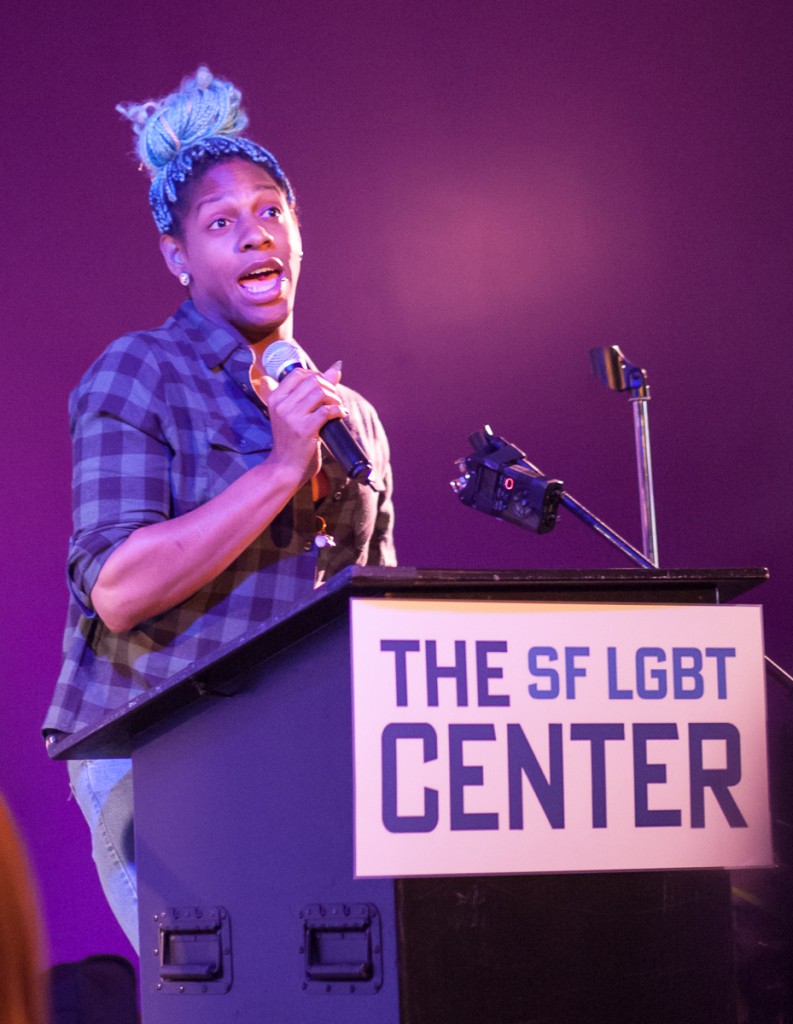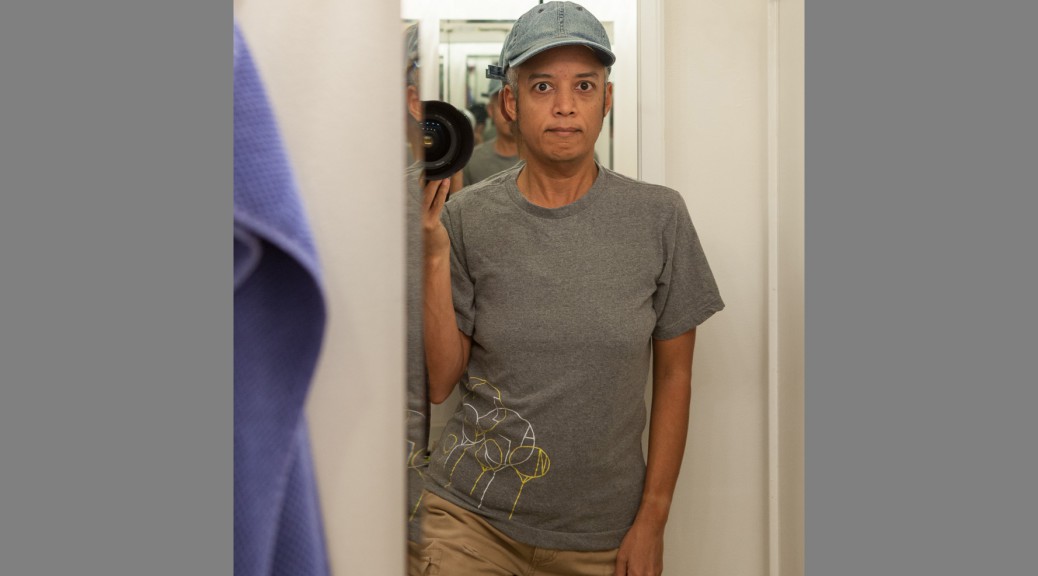It’s now been nearly two years since I began my physical transition with an injection of testosterone. Since then, I’ve changed my legal identification to male. In the eyes of the state government, the Social Security Administration, and my doctor, I am a man.
This would be all well and good, except that I am not a man. I am agender.
I transitioned to male because I came to know that I’m not female or a woman, with the same conviction that I know I don’t have blue eyes. There’s nothing wrong with having blue eyes, but my eyes are brown. This is obvious to the vast majority of sighted people, and if there were an English word meaning “blue-eyed person” no one would address me with it.
Unfortunately, being agender is not only invisible but impossible for me to communicate with any visual cues (short of wearing a sign around my neck). And regardless, having a non-binary gender is unacceptable in the USA at this time, where folks like me are curiosities at best and, to many, people to be pitied, belittled, or bullied.
While the physical benefits of having a body fueled by testosterone rather than estrogen are enormous to me, “passing” as a man is a reluctant compromise in a world that refuses to take my existence seriously. In an interview at my doctor’s office prior to starting hormone therapy, I was asked the question, “What is a man?” It’s a good thing that my hormones were prescribed on an informed consent basis and that all responses were optional, because I truly could not come up with an answer to that question.
Here are some men of various ages on what it means to “Be a Man”:
I cannot “Be a Man.” I can play the part of a man in public, when it’s too exhausting to explain why my preferred pronoun is “they,” not “he,” or why I don’t want to be called “Sir” or “Mister” even though those words are preferable to “Ma’am” or “Miss.” Online is the only place I feel that I can be my authentic self, and I know I’m not the only one who feels that way. This is likely why so many people seem to think that non-binary identities are limited to confused teenagers on Tumblr.
Fortunately, more non-binary people of all ages are speaking out, being visible, being heard. I take heart in people like Tyler Ford, Jacob Tobia, Justin Vivian Bond, S. Bear Bergman, Sam Dylan Finch, and others who have the strength and conviction to live as their authentic selves, despite society’s insistence that they “pick a side.” The gender binary has been the bane of my existence for the last three years, and the only thing that gives me a sliver of hope is knowing that there are others like me, struggling to be taken seriously.









